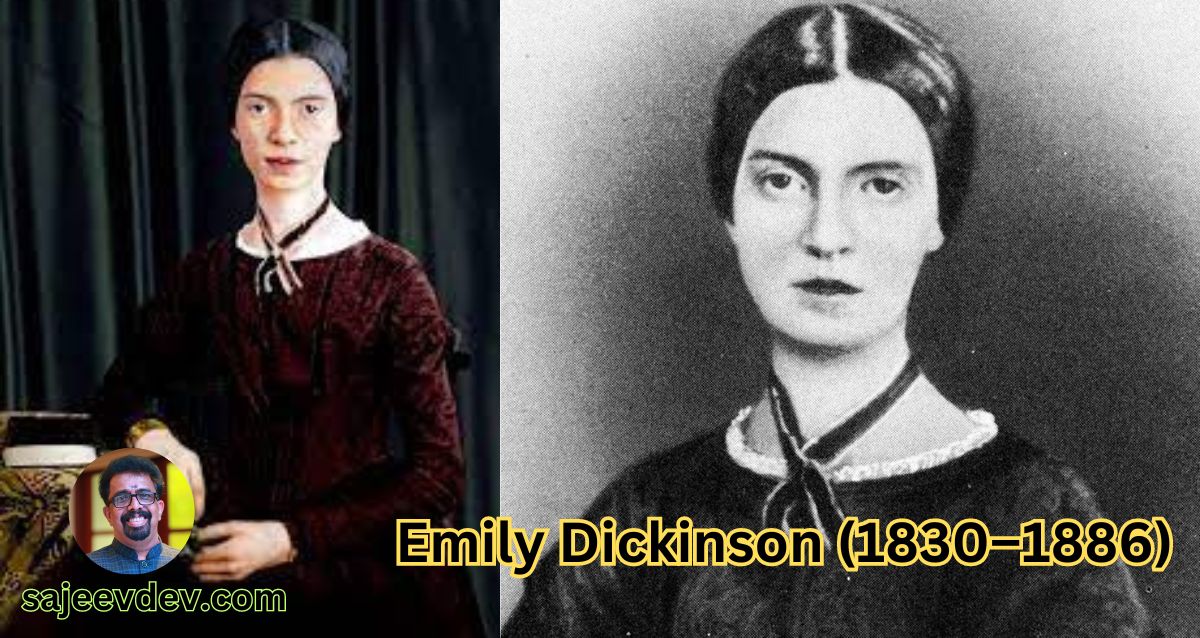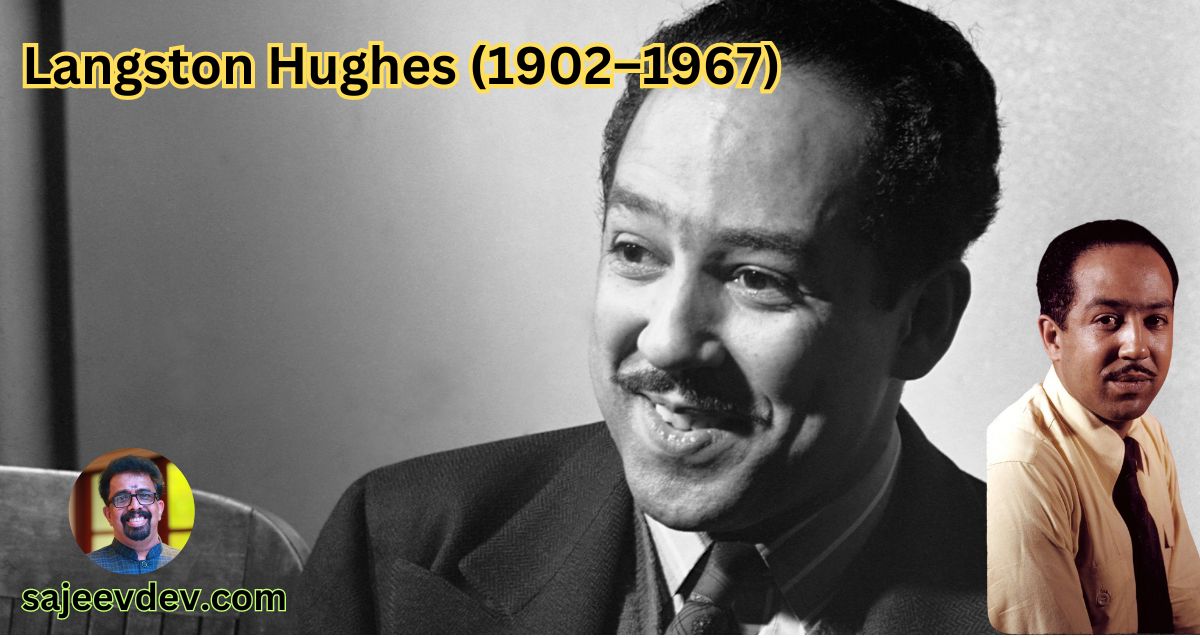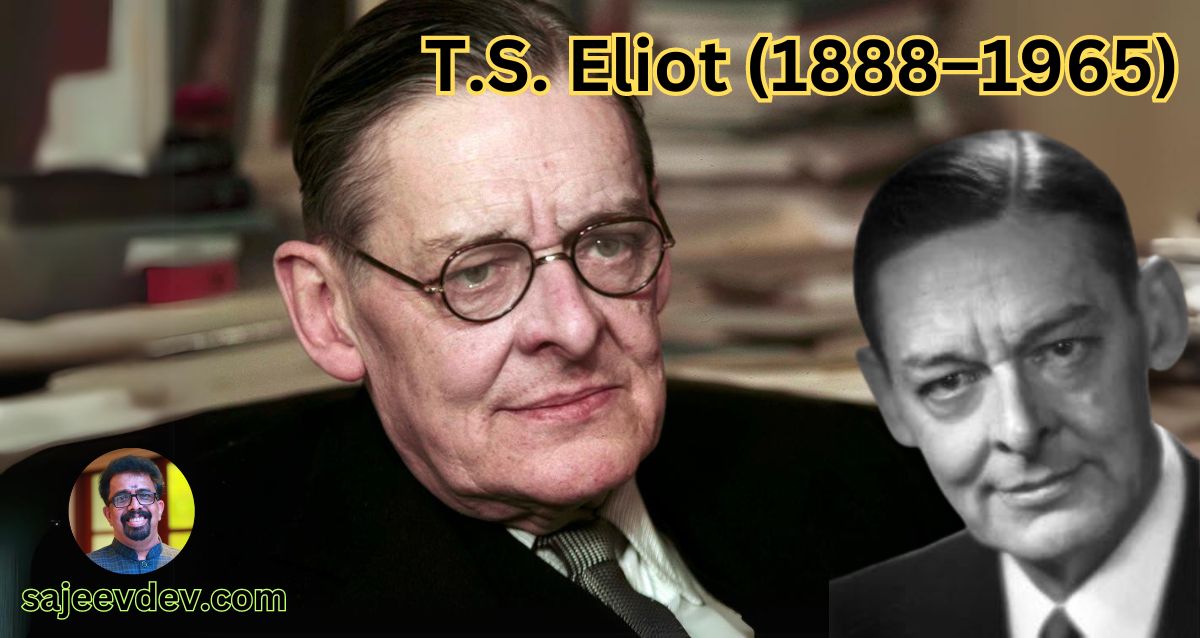Emily Dickinson, one of America’s most celebrated poets, lived a life characterized by profound seclusion and introspection
Emily Dickinson, one of America’s most celebrated poets, lived a life characterized by profound seclusion and introspection. Born on December 10, 1830, in Amherst, Massachusetts, she belonged to a prominent family that valued education and intellectual pursuits. Her father’s role as a lawyer and a congressman provided her with a privileged upbringing, yet her existence remained notably isolated from the bustling world outside her family’s homestead. This isolation became a defining element of her poetic voice.
Despite her reclusive nature, Dickinson was profoundly aware of the societal expectations imposed on women during the 19th century. The prevailing beliefs of her time often constrained women to domestic roles, limiting their opportunities for self-expression and creativity. Contrary to these societal norms, Dickinson embraced her individuality, crafting a unique literary identity that defied conventions. The societal structure of her time placed significant emphasis on marriage and domesticity, yet she chose to pursue her literary passions, creating nearly 1,800 poems that reflected her inner thoughts and emotions.
Family influences also played an integral role in shaping Dickinson’s perspective. Her close relationships with her siblings, particularly her sister Lavinia, provided emotional support and intellectual companionship. These connections nurtured her craft, allowing for the exploration of complex themes such as isolation, existence, and the nature of death. The Civil War period further influenced her work, as the societal turmoil prompted deep reflections on mortality and human experience.
In understanding Dickinson’s background and historical context, one can better appreciate how her interior life informed her poetry. Her seclusion, coupled with the cultural constraints of her time, molded a distinctive voice that resonates with readers, offering profound insights into the human condition. Through her innovative style and unconventional themes, Dickinson remains a pivotal figure in American literature, bridging the gap between personal experience and broader existential questions.
The Impact of Isolation on Dickinson’s Poetry
Emily Dickinson’s reclusive lifestyle significantly influenced her poetic voice and thematic focus. Living mostly in isolation at her family home in Amherst, Massachusetts, Dickinson withdrew from the social conventions and expectations of her time. With minimal social interactions, she cultivated a unique perspective that permeated her poetry. This solitude engendered an environment for deep introspection, allowing her to explore themes of existence, identity, and the complexities of the human experience in profound ways.
Isolation often served as a lens through which Dickinson examined her inner consciousness. The limited external distractions fostered a state conducive to contemplation, enabling her to delve into her thoughts and emotions. This depth of reflection is evident in her poetry, which frequently grapples with the nature of existence, mortality, and the intricate relationship between the self and the outside world. By traversing the realms of thought and feeling, Dickinson’s poetry reveals an intricate tapestry of human experience that resonates with readers even today.
Moreover, Dickinson’s reclusiveness prompted her to rely heavily on her imagination and intellectual pursuits. The absence of conventional societal engagements allowed her to experiment with form and content in her poetry, resulting in innovative structures and unique language choices. This creative freedom flourished in isolation, leading her to challenge prevailing literary norms. Her innovative approach, characterized by slant rhyme and unconventional punctuation, further distinguishes her work, reflecting an originality that remains influential in contemporary poetry.
In essence, Dickinson’s isolation molded her into a poet capable of transforming solitude into a wellspring of creativity. Her introspective nature, coupled with her inventive spirit, articulates a voice distinctly her own—one that profoundly impacts our understanding of identity and existence through the lens of solitary contemplation.
Exploring Existential Themes: Death and Immortality
Emily Dickinson’s poetry intricately weaves the themes of death and immortality, providing profound insights into the nature of existence. Through her work, Dickinson navigates the complexities of mortality, confronting the inevitable decline of the human body while simultaneously pondering what lies beyond this life. Her exploration reveals a nuanced understanding of death as both a physical end and a conceptual threshold, blurring the lines between fear and fascination.
In poems such as “Because I could not stop for Death,” Dickinson personifies death as a courteous figure that escorts the speaker on a reflective journey. This approach not only humanizes death but also transforms it into a companionable presence rather than a harbinger of despair. The poem’s gentle tone invites the reader to reconsider their relationship with mortality and highlights the inevitability of death as an integral part of the human experience. It is a meditation on the passage of time, suggesting that while death is certain, the manner in which one approaches it can differ drastically.
Another poignant piece is “I heard a Fly buzz – when I died,” where the imagery of the fly serves as a metaphor for decay and the mundane aspects of death. This poem challenges conventional notions of immortality, as the presence of the fly interrupts the solemnity of dying, drawing attention to the banality that often accompanies profound moments. Dickinson’s ability to juxtapose the sacred with the commonplace creates a complex dialogue about existence, where death is both an end and a continuation of consciousness.
Through her exploration of these existential themes, Dickinson invites her readers into a contemplative space where they can grapple with their own mortality. Her reflections on life and the afterlife transform her verses into universal reckonings of what it means to exist, be it in life or beyond.
Innovative Stylistic Techniques in Dickinson’s Work
Emily Dickinson’s poetry is characterized by a distinctive array of innovative stylistic techniques that set her work apart from that of her contemporaries. One of her most notable approaches is the use of dashes, which serve to create pauses and interruptions within her verses, evoking a sense of hesitation and contemplation. These dashes not only challenge the conventional flow of meter but also invite readers to experience ambiguity and elusiveness. This rhythmic disruption often mirrors the themes of isolation and introspection prevalent in her work, allowing readers to navigate through complex emotional landscapes.
In addition to her use of dashes, Dickinson frequently employed slant rhyme, a technique that involves pairing words that do not exactly rhyme but share similar sounds. This choice enriches the textual complexity of her poetry, enabling her to explore ideas of existence and emotion without being confined by strict rhyming schemes. Such innovation in sound reflects her persistent questioning of language’s limits and its ability to convey nuance, thus enhancing the depth of her exploration into universal themes.
A further hallmark of Dickinson’s style is her economical yet potent use of language. She often distilled her thoughts into brief, impactful phrases, creating a significant emotional resonance with minimal words. By carefully selecting her vocabulary and avoiding superfluous language, Dickinson’s poetry challenges readers to engage more deeply with each line. Her concise language often conceals multilayered meanings—making her poems rich with interpretative potential and leaving room for reader engagement that transcends conventional interpretations.
Through these innovative techniques, Emily Dickinson redefined poetic norms, allowing her to express profound existential inquiries and capture the complexities of human emotion. Her echoing silence and her precise sonic landscapes contribute greatly to her lasting impact in the literary world, confirming her role as a pioneer in American poetry.
The Role of Nature in Dickinson’s Poetry
Emily Dickinson’s poetry is replete with vivid imagery and references to the natural world, establishing a profound connection between her internal musings and the external environment. Nature serves as a crucial catalyst for her reflections on themes such as life, death, and existence. In many of her poems, the elements of nature are not merely backdrops but active participants in her exploration of the human experience. Dickinson’s employment of natural motifs presents a seamless blend of her mental state with the surrounding world, often exploring the dualities of beauty and mortality.
One notable example can be found in her poem “A Bird, came down the Walk,” where Dickinson portrays a seemingly simple interaction with a bird as a profound commentary on coexistence and the fragile balance of nature. The poem captures the tension between the innocence of the bird and the inevitability of its vulnerability, illustrating how nature reflects the complexities of life. Through her keen observations, Dickinson reveals deeper existential questions that arise from the natural cycle, emphasizing the transient nature of existence.
In addition, Dickinson’s poem “There’s a Certain Slant of Light” embodies her connection to nature as a means of expressing her somber reflections on life and death. The interplay of light and darkness within the natural landscape creates a metaphor for the human condition, mirroring the internal struggles of isolation and longing. It is in these juxtaposed images that Dickinson articulates her emotional landscape, inviting readers to ponder their own existence amidst the larger forces of nature.
Overall, she utilizes nature not only to enhance her poetic imagery but also as a conduit for her existential inquiries. Dickinson’s intricate relationship with the natural world showcases her innovative style, as she weaves her contemplations into the fabric of her environment, enriching her poetry with a sense of universality and timelessness.
Dickinson’s Rejection of Conventional Gender Roles
Emily Dickinson’s poetry serves as a profound exploration of individuality, particularly in the context of gender roles during the 19th century. Living in a time when women were primarily confined to domestic spheres, Dickinson boldly rejected the expectations that surrounded her. Her choice to remain largely isolated in her family home in Amherst, Massachusetts, was not merely a preference for solitude; it was a conscious act of defiance against societal constraints. By embracing her solitary life, Dickinson created a space for introspection, allowing her to delve deeply into themes of existence, identity, and unorthodox perspectives on femininity.
The subject matter of many of her poems reflects this rebellion, often centering around concepts of selfhood and existential contemplation that transcended the conventional themes designated for women. Dickinson’s use of abstract language and metaphor often grapples with the essence of life, death, and the nature of reality, showcasing her desire to explore the depths of human experience outside the confines of traditional femininity. While women of her time were often expected to write about domestic concerns or love, Dickinson’s work stands out for its engagement with broader existential matters, rebelliously asserting the complexity of female thought.
Furthermore, her innovative use of form—playful meter and slant rhyme—serves not only as a stylistic choice but also as a rejection of the established poetic norms. Dickinson’s distinct voice challenges the patriarchal literary canon of her era, suggesting that women’s perspectives could adopt a revolutionary tone. Her legacy as a precursor to feminist literature is encapsulated in her desire to articulate experiences that were often marginalized, thus paving the way for future generations of women writers. As such, Dickinson’s work is a rich tapestry that invites readers to reflect on the intricate interplay between gender, creativity, and societal expectations.
The Influence of Dickinson’s Work on Future Poets
Emily Dickinson’s poetry has left an indelible mark on the landscape of modern literature, significantly influencing generations of poets who came after her. Her innovative use of form, including her distinctive slant rhyme and unconventional punctuation, facilitated a new way of thinking about poetic structure. Dickinson’s tendency to break away from traditional norms allowed fellow poets to explore alternative methods of expression, thus inspiring a wave of modernist poetry in the late 19th and early 20th centuries.
One of the foremost poets influenced by Dickinson was Robert Frost, who incorporated themes of nature and human experience in a manner reminiscent of Dickinson’s contemplative approach. While Frost maintained traditional forms, elements of Dickinson’s introspective voice can be observed in his exploration of solitude and existence. Similarly, Sylvia Plath drew from Dickinson’s focus on personal experience and emotional depth, reflecting the existential struggles inherent in her work. Plath’s confessional style mirrors the emotional intensity that Dickinson so effectively conveyed through her poignant verses.
Furthermore, contemporary poets often cite Dickinson as a pivotal figure in shaping their own artistic voices. Her exploration of themes such as isolation and the complexity of the human condition has resonated with countless writers, prompting them to examine their own existential dilemmas through poetic expression. The themes of love, death, and identity prevalent in Dickinson’s oeuvre continue to echo in modern poetry, establishing a foundation upon which today’s poets build their narratives.
Overall, Emily Dickinson’s impact reverberates through the work of subsequent poets, who have looked to her unique voice as a source of inspiration. Her ability to articulate profound truths about existence and emotional longing has ultimately paved the way for successive generations to more freely embrace their creative impulses, resulting in a richer literary tradition.
Dickinson’s Posthumous Recognition
The journey of Emily Dickinson’s recognition as a significant poet is a testament to the evolving landscape of literary appreciation. Following her death in 1886, Dickinson’s poetry remained largely obscured and unpublished for many years. The initial response to her work can best be characterized as muted, primarily due to her reclusive personality and unconventional style, which did not align with the prevailing literary norms of her time. During her life, Dickinson shared her poems selectively, often with friends and family, leading to a limited readership.
It was not until the early 20th century that her work began to garner serious attention. The posthumous publication of her poetry in 1890 by editors Mabel Loomis Todd and Thomas Wentworth Higginson marked a pivotal moment in her literary journey. This initial collection, titled “Poems by Emily Dickinson,” introduced her unique voice and innovative style to a wider audience, albeit in a manner that some critics argue may not have fully captured her intended meaning and form. Critics and editors played a crucial role in shaping the narrative around Dickinson, often imposing their interpretations on her work.
As the decades progressed, Dickinson’s poetry gained recognition through the efforts of literary critics and biographers, who sought to contextualize her contributions within the American literary canon. The mid-20th century saw a renaissance of interest in her work, fueled by a growing appreciation for modernist themes and the exploration of complex emotional landscapes in poetry. Scholars began to analyze her themes of isolation and existence, revealing the depth and innovative qualities of her writing.
Today, Dickinson is celebrated as a pioneering figure in American literature, with her work influencing countless poets and writers. Her posthumous recognition illustrates the transformative power of literary critique and the enduring relevance of her exploration of the human experience.
Emily Dickinson remains a pivotal figure in American literature, renowned for her distinctive voice and innovative poetic methods
Emily Dickinson remains a pivotal figure in American literature, renowned for her distinctive voice and innovative poetic methods. Her profound exploration of themes such as isolation, existence, and the human condition has left an indelible mark on generations of readers and writers. Dickinson’s work, largely composed during her reclusive life, reflects a deep introspection that resonates with the complexities of modern existence.
The isolation she experienced has been understood not merely as a physical detachment from the world but as a fertile ground for her creativity. Through her writing, Dickinson captured the nuances of loneliness and the search for meaning, presenting them as universal experiences. Her ability to articulate feelings of seclusion and existential inquiry has allowed readers to connect with her on an intimate level, transcending time and space.
Moreover, Dickinson’s innovative techniques, such as unconventional punctuation and slant rhyme, contribute to her unique voice. This stylistic choice not only enhances the emotional depth of her poems but invites readers to engage with the text in a novel way. Her willingness to challenge traditional forms has paved the way for future poets, encouraging them to explore new avenues of expression and thought.
As we draw insights from her life and work, it is evident that Emily Dickinson’s legacy continues to thrive. Her exploration of complex themes remains relevant, encouraging readers to grapple with their own experiences of solitude and existence. This resonance establishes Dickinson not only as a poet of her time but as a timeless voice in literary history, ensuring that her contributions will be appreciated for years to come.



